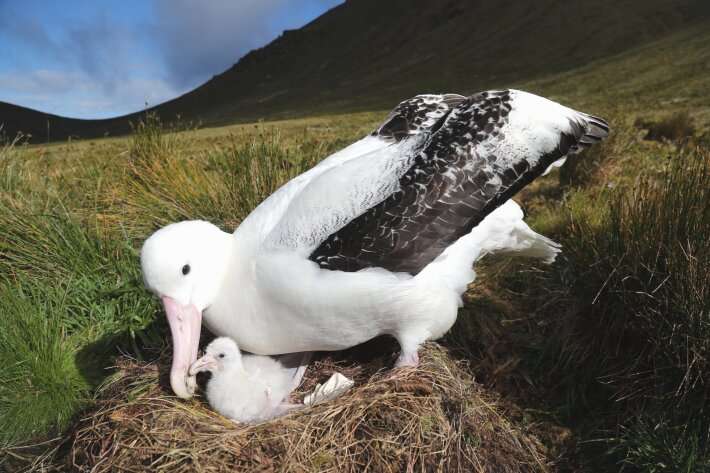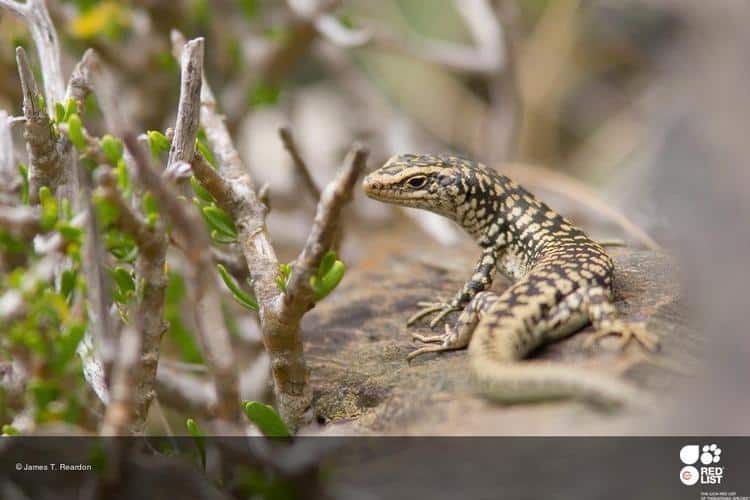In the short grass on a farm in Tasmania’s central midlands, Scott Chorley is squatting. He lets off one shot. It strikes a fallow deer square in the eyes as it resounds over the level grassland. He has over 400 this year and 50 for the evening. Chorley, one of a group of seven professional […]
Tag: invasive species

Is invasive species management doing more harm than good? (commentary)
Where I live in the Rocky Mountains, summer is marked by the arrival of the Rocky mountain iris, a favorite for bumble bees and other pollinators, which also make their debut in the brief summer months here. By keeping the land wild and natural, free from threats, retained by nature, I protect and nurture these […]

UK Research has shown that grey squirrel numbers can be effectively controlled using oral contraceptives
Research has shown that oral contraceptives for squirrels are effective, and the government is hoping to utilize them to control squirrel populations in the UK. Since being brought to the UK from North America in the 1870s, grey squirrels have become an invasive species. They are an issue for animals, notably red squirrels, who are […]

Albatross populations are declining due to invasive mouse species
New research published in the Journal of Applied Ecology, shows long-lived species may suffer greater impacts from predation than was previously thought. Researchers have utilized a sophisticated population model, which is not constrained to analyzing only breeding pairs, to shed light on decades-long confusion surrounding the impact of invasive mice on the critically endangered Tristan […]

21 percent of all reptile species worldwide are threatened with extinction
According to The Guardian, the largest study ever conducted on the extinction risk of reptiles on the Red List of Threatened Species of the International Union for Conservation of Nature (IUCN) warned that 21% of all reptile species worldwide are threatened with extinction, which could have a “devastating” effect on the planet’s ecosystems. According to […]

Where is the threshold of environmental change that biodiversity can withstand before it is destabilized and collapses planetwide?
Biodiversity. When you hear this word, what do you picture? Iconic animals like African elephants, gray wolves and humpback whales? Or multicolored coral species that make up a reef system? Or bacteria and microbes that regulate nutrients in the soil, or oxygen-releasing phytoplankton that live in the ocean’s sunlit zones? While biodiversity does embrace all […]

Hawaii is waging war against invasive axis deer which are damaging the native ecosystem
Along with tens of thousands of feral chickens and boars, Hawaii is now waging war against another invasive species: axis deer. Honolulu Civil Beat reported that there are almost 50,000 of these deer roaming between Ulupalakua and Paia on Maui, according to a recent study from KIA Hawaii, a local ungulate management company. An existential […]

Airborne DNA can now be used to detect rare and endangered species
The discovery of environmental DNA has altered the way environmentalists monitor biodiversity. Scientists can examine entire ecosystems or find unusual animals that are too elusive to trace using traditional methods by sequencing the genetic material contained in water and soil samples. Environmental DNA, or eDNA, has been utilized by teams to catalog everything from viruses […]
